Related Research Articles
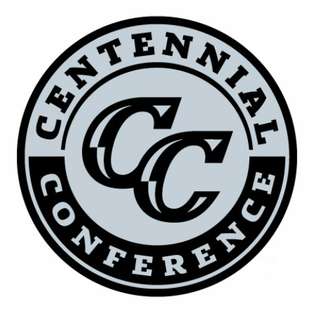
The Centennial Conference is an intercollegiate athletic conference which competes in the NCAA's Division III. Chartered member teams are located in Maryland and Pennsylvania; associate members are also located in New York and Virginia.

James Bryant Conant was an American chemist, a transformative President of Harvard University, and the first U.S. Ambassador to West Germany. Conant obtained a Ph.D. in chemistry from Harvard in 1916.
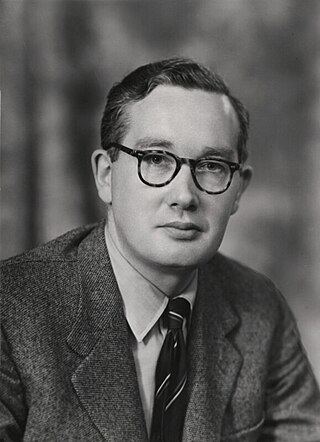
Sir Derek Harold Richard Barton was an English organic chemist and Nobel Prize laureate for 1969.

Louis Frederick Fieser was an American organic chemist, professor, and in 1968, professor emeritus at Harvard University. He invented militarily effective napalm while at Harvard in 1942. His award-winning research included work on blood-clotting agents including the first synthesis of vitamin K, synthesis and screening of quinones as antimalarial drugs, work with steroids leading to the synthesis of cortisone, and study of the nature of polycyclic aromatic hydrocarbons.
Frank Clifford Whitmore, nicknamed "Rocky", was a prominent chemist who submitted significant evidence for the existence of carbocation mechanisms in organic chemistry.
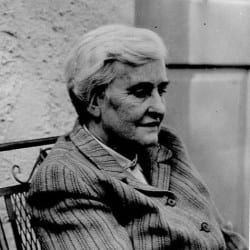
Lily Ross Taylor was an American academic and author, who in 1917 became the first female Fellow of the American Academy in Rome.

Roger Adams was an American organic chemist who developed the eponymous Adams' catalyst, and helped determine the composition of natural substances such as complex vegetable oils and plant alkaloids. He isolated and identified CBD in 1940. As head of the Chemistry department at the University of Illinois from 1926 to 1954, he influenced graduate education in America, taught over 250 Ph.D. students and postgraduate students, and served in military science during World War I and World War II.
Charles Loring Jackson was the first significant organic chemist in the United States. He brought organic chemistry to the United States from Germany and educated a generation of American organic chemists.
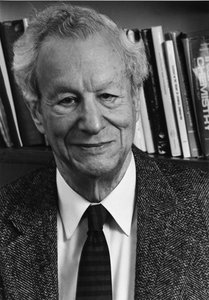
Frank Henry Westheimer was an American chemist. He taught at the University of Chicago from 1936 to 1954, and at Harvard University from 1953 to 1983, becoming the Morris Loeb Professor of Chemistry in 1960, and Professor Emeritus in 1983. The Westheimer medal was established in his honor in 2002.
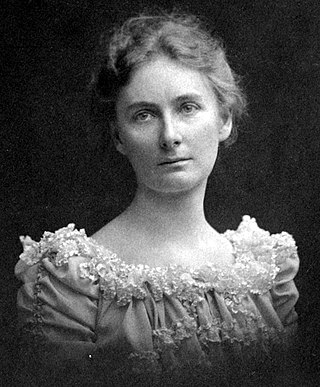
Florence Bascom was a pioneer American woman geologist and educator. Bascom became an anomaly in the 19th century when she earned two bachelor's degrees. Earning a Bachelor of Arts in 1882, and a Bachelor of Science in 1884 both at the University of Wisconsin. Shortly after, in 1887, Bascom earned her master's degree in geology at the University of Wisconsin. Bascom was the second woman to earn her PhD in geology in the United States, in 1893. Receiving her PhD from Johns Hopkins University, this made her the first woman to earn a degree at the institution. After earning her doctorate in geology, in 1896 Bascom became the first woman to work for the United States Geological Survey as well as being one of the first women to earn a master's degree in geology. Bascom was known for her innovative findings in this field, and led the next generation of female geologists. Geologists consider Bascom to be the "first woman geologist in America".
Arthur C. Cope was an American organic chemist and member of the United States National Academy of Sciences. He is credited with the development of several important chemical reactions which bear his name including the Cope elimination and the Cope rearrangement.
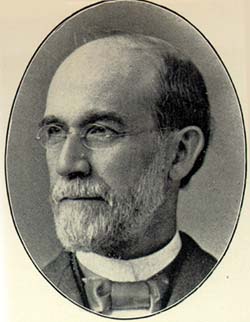
Addison Hutton (1834–1916) was a Philadelphia architect who designed prominent residences in Philadelphia and its suburbs, plus courthouses, hospitals, and libraries, including the Ridgway Library, now Philadelphia High School for the Creative and Performing Arts, and the Historical Society of Pennsylvania. He made major additions to the campuses of Westtown School, George School, Swarthmore College, Bryn Mawr College, Haverford College, and Lehigh University.
Dorothy Anna Hahn (1876–1950) was a lifelong educator and American professor of organic chemistry at Mount Holyoke College. She was most known for her research which utilized the then newly developed technique of ultraviolet spectroscopy to study hydantoins.
Mary Cloyd Burnley Stifler was a 20th century botanist with a specialization in mycology.
Jane Marion Oppenheimer (1911–1996) was an American embryologist and historian of science.

Francis Harvey Green was an American educator, poet and lecturer. He served as Chair of English at West Chester Normal School for 30 years and as Headmaster of the Pennington School. The Francis Harvey Green Elementary School in Bethel Township, Pennsylvania, and two libraries at West Chester University were named in his honor.
Janet Howell Clark was an American physiologist and biophysicist.
Lee Irvin Smith was an American organic chemist who spent his research career on the faculty at the University of Minnesota, where he served as chief of the chemistry department's organic chemistry division.
Frank B. Mallory was a professor of organic chemistry at Bryn Mawr College. He was on faculty at Bryn Mawr for 54 years, the longest-serving faculty member in the school's history. His work focused on photochemistry, NMR spectroscopy, and solid-state chemistry. The Mallory reaction is an organic name reaction he discovered while a graduate student. Mallory's professional honors include a John Simon Guggenheim Memorial Foundation fellowship and a Sloan Research Fellowship.

Robert Percy Barnes was an American chemist and professor, and the first African American to graduate with a PhD in chemistry from Harvard University. He was also the first African American faculty member hired at Amherst College.
References
- 1 2 3 4 5 6 Conant, James B. (1952). "Elmer Peter Kohler, 1865-1938: A Biographical Memoir" (PDF). National Academy of Sciences Biographical Memoirs. National Academy of Sciences.
- 1 2 3 4 5 6 7 Fieser, Louis F. (1940). "Elmer Peter Kohler (1865-1938)". Proceedings of the American Academy of Arts and Sciences. 74 (6): 130–141. JSTOR 20023375.
- ↑ "ELMER P. KOHLER, HARVARD TEACHER; Seldon Emory Professor of Organic Chemistry Dies at Age of 71 Years PUBLISHED MANY PAPERS An Alumnus of Muhlenberg, He Finished Graduate Study at Johns Hopkins". The New York Times. May 25, 1938. p. 23.
- ↑ Tarbell, D. Stanley (February 2000). "Kohler, Elmer Peter (06 November 1865–24 May 1938)". American National Biography. Vol. 1. doi:10.1093/anb/9780198606697.article.1300935.
- 1 2 "Elmer Peter Kohler". The Harvard Crimson. 26 May 1938. Retrieved 30 December 2020.
- ↑ "Elmer Peter Kohler". Leopoldina. Retrieved 30 December 2020.